LUX Modellbau vs. Tomix: which is the best N-Scale cleaning car around?
That eternal problem…
When you don’t run trains for a while, or if you run them often, the track gets dirty. Several measures may help:
- Manual cleaning
Tedious, and dangerous for the landscape if you’re not careful. No accessibility in tunnels. - Cars with (static) cleaning swipes
Those are OK, but they won’t be as effective as a real cleaning car. - Static cleaning pads to attach to the axles of any passengers coaches.
For example at Conrad Electronics. They are not bad (proof is, they become dirty pretty quick), but far from ideal.
At some point, an active (motorised) cleaning car is going to be a welcome addition to a layout. I have tested two, and here are my 2 cents.
Before we begin. An important detail common to both cars: they have motors for the cleaning mechanisms, but they still require a locomotive to be pushed or pulled!
Tomix 6421: the N-scale incumbent
If you are into N-Scale, you may have heard about this one. This model is relatively easy to find. There have been a few declinations, with different part numbers, over the years.
Functionalities
The Tomix has a great advantage: it can be a cleaning car or a vacuum car. You only need to change the small accessory at the bottom.
It has 2×2 wheels, and no battery…so if the track is too dirty, it will stop working (quite ironic).
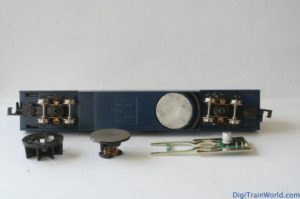
Tomix with cleaning pad. From left to right: vacuum accessory, extra cleaning pad, and old analog board
DCC and DC compatibility
This is the Tomix’s car limitation. As too many Japanese model, this car is not happy with DCC. I have read that it may work on a DCC track. However, because the motor will be running at full speed all the time, the overheating protection will then shut it down for a while. Not really practical.
To properly convert the car with a DCC decoder, you can either do it yourself completely (soldering), or you can buy a DCC board that will allow connecting a NEM651 decoder (example here).
Ease of use and efficiency
The Tomix car is relatively efficient in cleaning mode. But it has one very strong drawback for users with small radiuses: because the cleaning pad is central, it will often get stuck on the outermost part of the track in small curves (R1 / 192 mm, sometimes also R2, 220mm). In other terms: with the cleaning pads, the car will derail in small curves, and be practically impossible to use.
And, another related issue: because the pad is horizontal on the track, the car may get stuck if your rail transitions are slightly off in terms of height.
In vacuum mode however, the car runs very smoothly in all curves (including the European N-scale R1). This is because the vacuuming accessory is not actually in contact with the track. The result is impressive: the “dust container” on the top fills up quickly with dust you are happy has been removed from your tracks! Emptying it takes a few seconds.
As for the ease of use, well, it’s ok. I have installed a DCC decoder in mine, which means I can start it manually from my DCC command station. Another option is to create a consist (if your command station supports it), so the cleaning or vacuuming stays in sync with the train movement and the locomotive.
LUX Modellbau 9470: the intelligent cleaner
LUX Modellbau is a small German manufacturer. They attend many train fairs in Germany, and this is how I met their star product: the 9470 track cleaner.
As opposed to the Tomix model, the 9470 track cleaner is only a cleaner, it does not vacuum. For this purpose, LUX Modellbau has another, separate, model.
Functionalities
The 9470 track cleaner has an interesting construction. It has 3 bogies, which means 6 axles. This allows for a very good positioning of the cleaning pads on the track, even in very tight curves (including R1). The pads are positioned vertically.
One important point: it has an integrated battery that automatically powers the car for a few seconds if the track is extremely dirty. This is great and works extremely well.
DCC and DC compatibility
Another big plus for the LUX Modellbau model: it works in DC and DCC directly out of the box. Even better, in DCC, it doesn’t require any decoder or configuration.
The design is very smart. The car detects movement (thanks to small magnets on the axles), and automatically starts when moving. This is valid both for DC and DCC again. After a full stop, the cleaning pads stop after about 2 to 3 seconds. It’s magic, and there is nothing to configure.
Important note: this functionality is reserved to the 9470 model, released (I think) around 2012. Older models must be manually operated, and require a DCC decoder. Unfortunately, the older models are still available on ebay. I strongly advise against the older models (9060, 9061, 9062, 9063). Although their cleaning capacities are likely as good, the ease of use of the newer 9470 model is a bliss.
Ease of use and efficiency
As said above, the LUX Modellbau cleaner is perfect: there is nothing to do!
As for the cleaning efficiency, it is clearly superior to the Tomix car. The vertical pads are constantly in contact with the track, and the car has never derailed in my case. Because of the integrated batteries, the car never stops working even your track is in poor condition.
As with the competitor, you do have to replace the pads once in a while. Several models and finishing materials are available.
Conclusion
The LUX Modellbau cleaning car is the clear winner (make sure it is the latest model 9470, universal to DC and DCC). Just attach the car to a locomotive and send it for a tour on you layout. You may still want to clean some portions manually once in a while, but you will be all set for hidden portions of your layout.
The Tomix car is not bad, but comes with caveats. The incompatibility with small Europeans radiuses in cleaning mode is clearly a no-go for me. It is also sensitive to poor track layouts, and the cleaning efficiency is not perfect. However, it is actually pretty good in vacuuming mode (and not derailment prone either). However, remember converting it to DCC properly will require some DIY.
LUX Modellbau wins, but I haven’t forgotten the Tomix car. It serves in conjunction with the LUX Modellbau cleaner, as a supportive vacuum cleaner. This way, a single convoy does all the cleaning needed to keep my tracks tidy!
External links
- The LUX-Modellbau website: http://www.lux-modellbau.de (unfortunately, the website is mostly outdated, not mentioning the newer models…)
- The LUX Modellbau models are a bit harder to find, but not impossible. If you are attending a fair in Germany, chances are Mr. LUX may be here ready to sell them. Online, for example: here for the US, here for Germany. I am guessing you can always contact the manufacturer for inquiries.
- The Tomix car is easy to find online.
Reminder: I am a hobbyist and these articles only represent my personal views. I am not receiving any compensation, in any form, from the brands or stores mentioned here. The product names, marketing names, and brands mentioned here are the property of their respective owners.

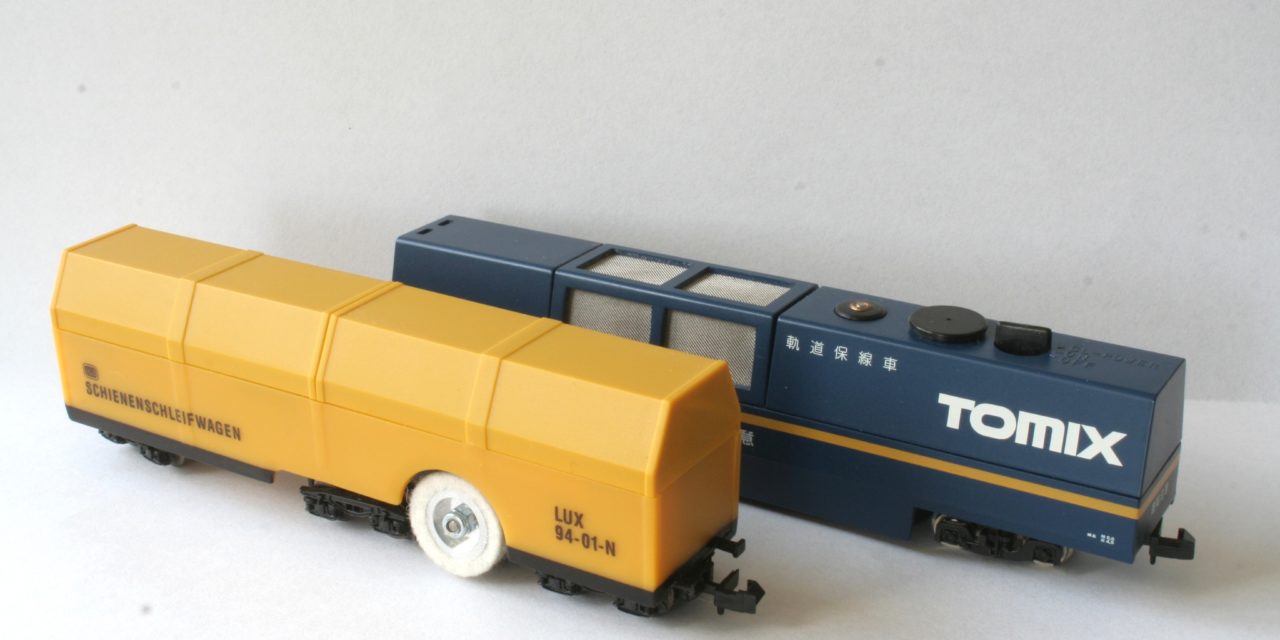
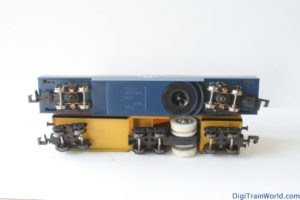
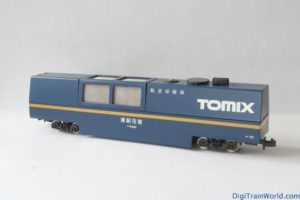
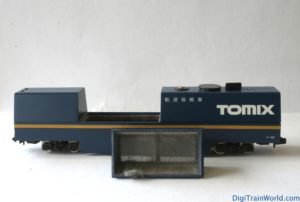
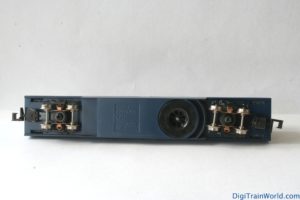

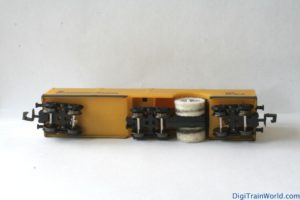
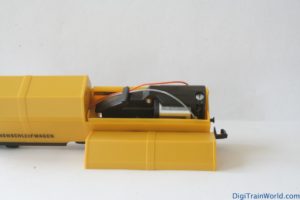

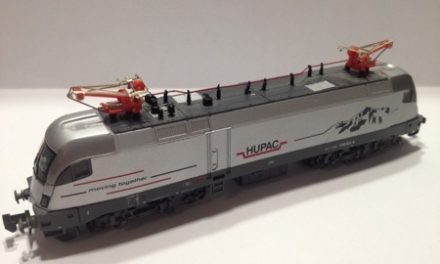
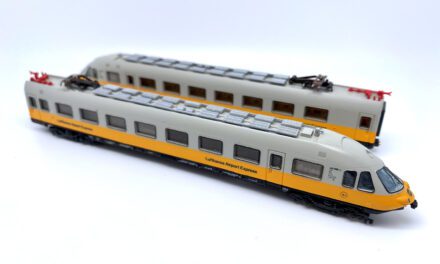
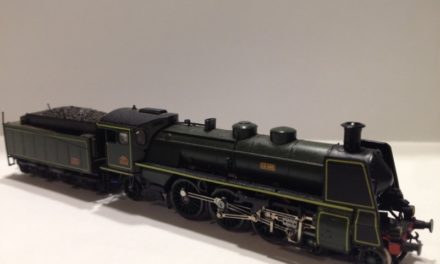
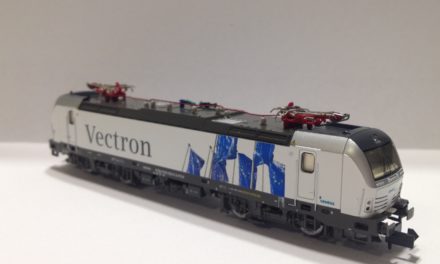
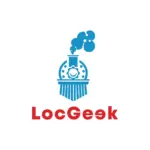

Good review, Pierre. I saw the LUX models at Intermodellbau Dortmund this year and was impressed. I look forward to get both the grinder and vacuum cleaner cars sometime this year. Thanks for the tip about getting the latest LUX model.
For LUX 9470 model, there are 2 accessories – 9417 soft feld, 9418 hard grit (sand-paper-like). The 9418 should be good for removing tough dirts.
Have you tested both?
I haven’t. I am using the soft ones, and they work very well (which means, sadly, they get dirty quickly).
If there is a deep cleaning to do, I prefer to do it manually, and not erode the track with sand-paper cleaners. Personal choice though !
I use 2 LUX 9470’s — one cleaning/one polishing — followed by a vacuum unit — very efficient !! I flip the polishing pads on the polish
wheels — doubles the life !!